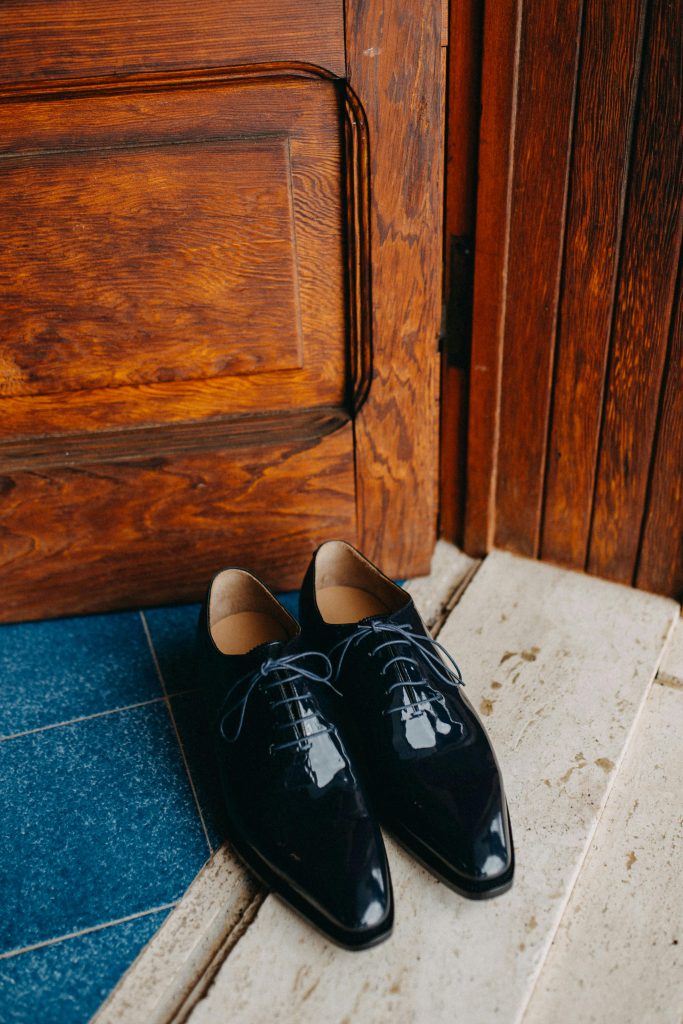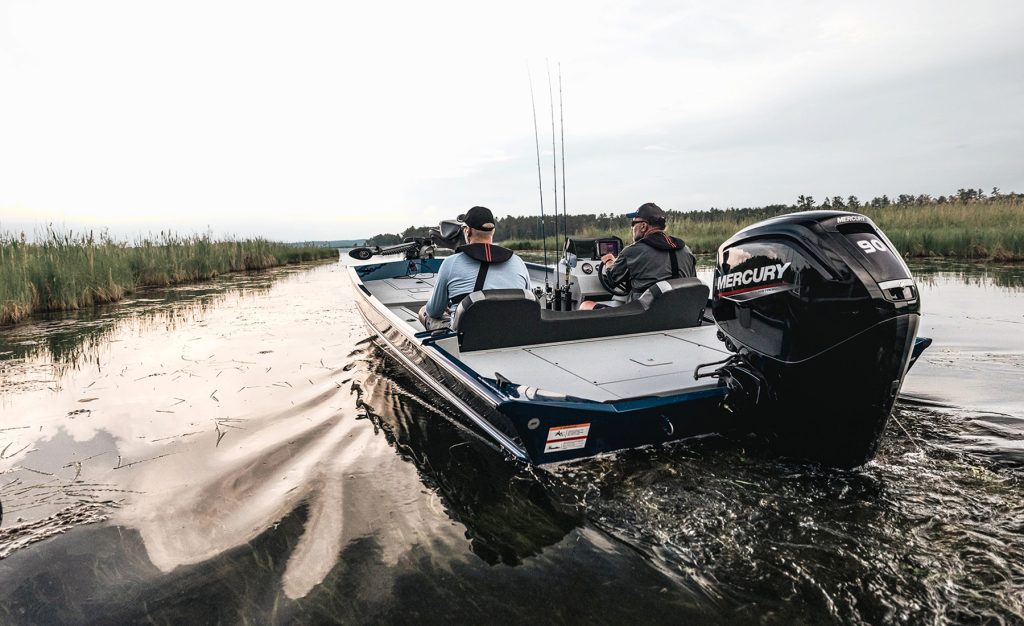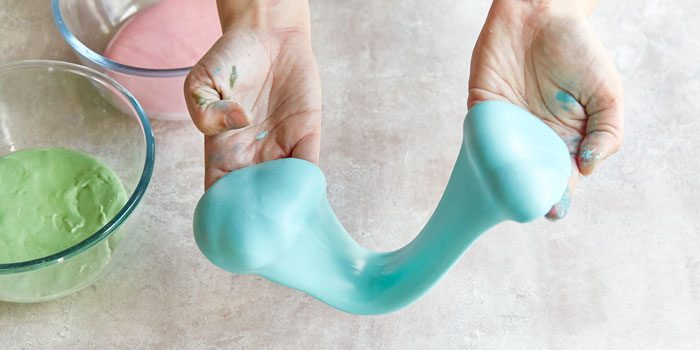The most luxurious leather available is Russian reindeer. It is coveted for its tough appearance as well as its durability and practicality.
Novgorod shoemakers created four major kinds of shoes. At the time there was a strong connection between the craftsmen and the market. The shoes were wide and symmetrical at the front, and were narrow in heels.
Traditional Russian shoes
The Valenki boots (also known as volnushechki or vykhodki) are a heavy wool-filled winter boots which are given to Russian soldiers and police officers. The tough boots, which literally translates to “made through felting” are part of the Russian tradition from the Mongol tribes. They were expensive enough that they were able to cover the feet of the Tsars.
Valenkis created by hand are very robust, but they require lots of effort and time. The felt is then molded and then rolled into a boot-like shape by craftsmen which is then placed in a steam bath and allow it to shrink. It takes a few hours to create the valenki boot, which can run into the hundreds.
The Russian boots, despite their price are popular throughout the longest time during the winters in Russia. Over the past two decades, they’ve lost their popularity because people are now looking for lightweight, waterproof shoes.
Many of the younger Russians have discovered their passion for traditional shoes. Olga Shantseva and Galina Shantzeva, twins who reside in Moscow make birchbark shoes which is decorated with Soviet-era art, making them extremely popular with young artists. The Russian brand called valenki is also gaining popularity internationally. The boots are experiencing an influx of popularity in Russia.
Old Russian leather shoes
The study of ethnographic, archeological and written sources permits us to trace the evolution of footwear in the early days of Rus’. The large number of footwear made of leather discovered during excavations that were conducted during different times in Novgorod’s history indicates that shoemakers from all kinds were involved in the production of shoes for the artisanal as well as noble classes.
In the countryside the people would wear Lapti, comfortable shoes made of the thin bark from trees. Birch was the most popular option. Rawhide laces were utilized to secure them. They were tied around the foot and then passed through the side slits of the sole. They were also worn over windings and stockings.
Hand-embossed patterns of hatch grain are seen on the oldest Russian boots. The finest Russian reindeer hide is processed by a machine to make it tough and durable. The best reindeer leather is frequently compared to it, however it is not as stiff and thus more suitable for making shoes.
The first giay tay nam shoes made of felt were referred to as valenki. The name derives from the method they used to make them. The wool was compressed with the tool known as “valenka”. The block of wood is flat and has numerous holes on which wool was rolling. In Russia the process is referred to as “valyat” which translates to rolling. After a while felt boots can be constructed using other materials. To provide additional insulation they could be stuffed with hay or animal hair. The heel quarter could then be sturdier using layers of leather or a birch-bark liner.

Medieval Russian shoe designs
The medieval Russian leather shoes were based off of the peasant’s birchbark shoe. They were adorned by windings, nogavits and nogavits. Obory strings, long and long, were used to secure the shoes. They were passed through the sides of the lapti and then wrapped around. The shoes also featured a sole made of the bark of larch or the fir. The shoes were extremely comfortable and robust.
In order to create a product that was of the highest quality, the craftsman had be extremely skilled. degree of expertise. It’s not a surprise to find numerous fragments of the same type of shoe in archeological layers that date back to the 10th to 13th century.
The First Novgorod Chronicle states that there were separate groups of shoemakers and leatherworkers at the time. It is proven that only those who owned an atelier in which they made footwear could be referred to as a shoemaker.
Bakhily, also referred to as Bredni (also known as brodni) or butyli (also called ostashi, lovchagi, and the lovchagi), are work and hunting boots made of soft leather. These were jackboots with high tops that spanned the knees and the thighs. They were made from a durable material that could be worn for long periods in the woods. They were also worn by fishermen and hunters.
Soviet-era Russian footwear
The Soviet period witnessed a decline in the traditional Russian shoemaking, as the new generation of shoemakers was drawn to modern shoes imported from Western countries. The decline in traditional Russian shoe making was due to several factors, including the lack of interest among young people for handmade products and the increased supply of factory-made shoes, and a shift in preference.
Galoshes were the shoes of preference during that period. They were constructed of felt and were worn over other shoes to guard against ice and snow and ensure that feet were warm. The pieces of leather were placed on top of each other and joined and then sewn using invisible or blind stitching.
The Kazan Khanate was a dynasty that inherited the Volga Bulgarian culture, customs and craft that were inherited from the Mongol conquest and also had footwear constructed of bast. These were similar to regular boots, but had smaller bootlegs. There were no linings. The shoes were secured by long strings known as obory, which were passed through the sides of the lapti and was wrapped around the legs.
Novgorod leatherworkers were reputed for their specialization in bootlegs that were short and straight sides. The length of the bootlegs was 17-22 centimeters. They were referred to as golenicha or golenishcha. The iron adzes were discovered in the layers of the period. They were used to extract subcutaneous tissues and flesh from the leather.




